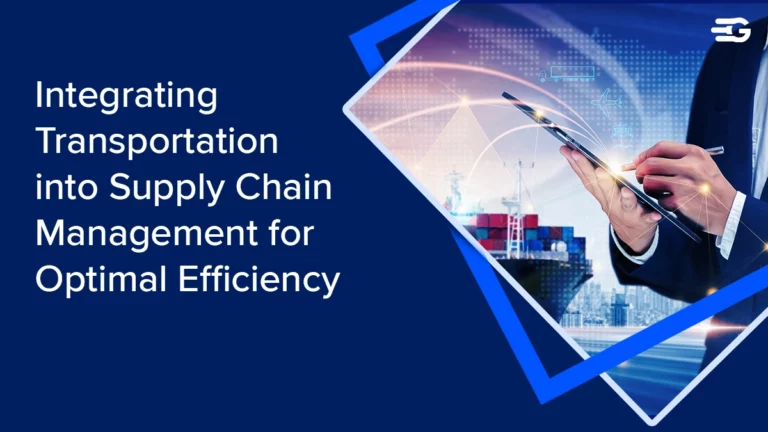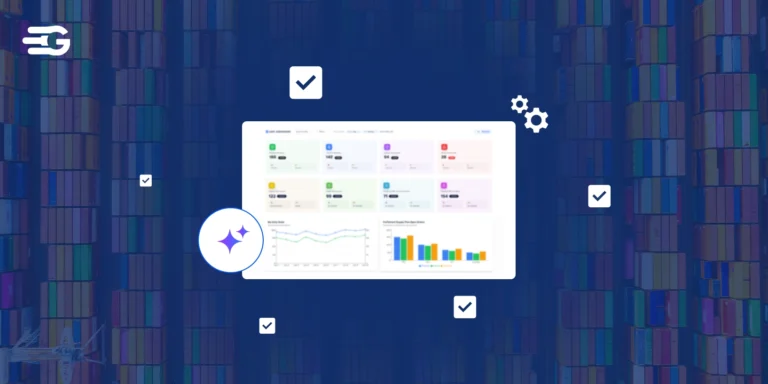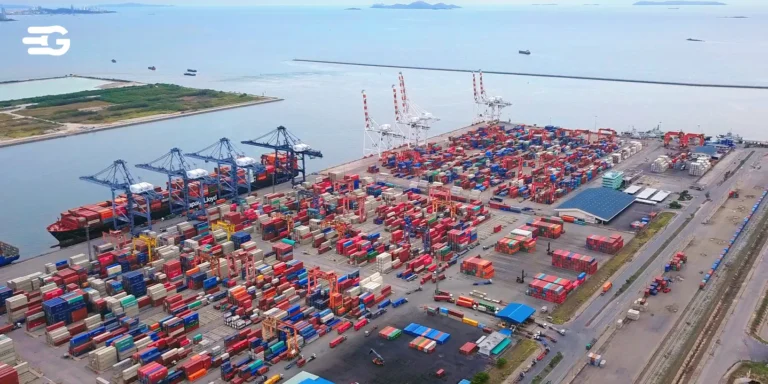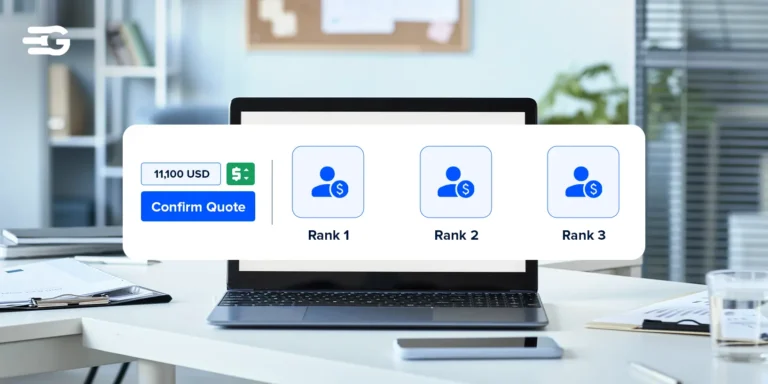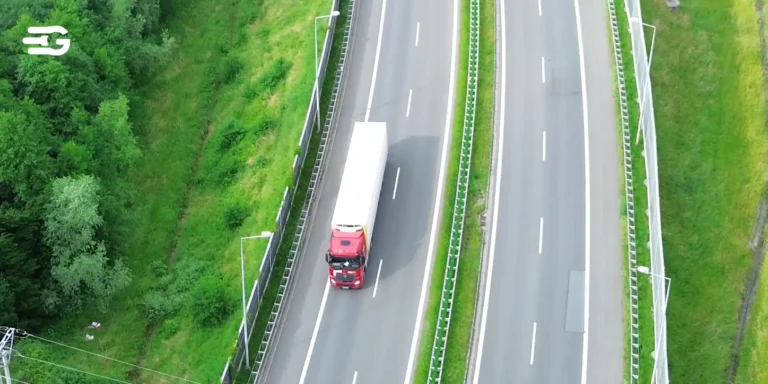Top Global Supply Chain Examples Across Industries
The beauty of supply chain innovation is that breakthrough solutions often come from unexpected places. A technique that revolutionized automotive manufacturing might be exactly what your food distribution network needs.
So, today, we’ll examine global supply chain examples of companies that outperform competitors through different approaches in these four sectors.
- Technology
- Fast Fashion
- Food & Beverage
- Healthcare & Pharmaceuticals
Some focus on control, others on scale, and many on speed. Without further ado, let’s explore the specific tactics that make these global supply chain examples so effective.
Fast Fashion Global Supply Chain Examples
Below you will find two completely different global supply chain examples from the same industry. Or say, it’s speed versus cost.
- Zara’s Vertical Integration Model
Zara operates on a 10-15 day cycle from design to store shelves, compared to the industry standard of several months.
The company achieves this speed by owning most of its production process rather than outsourcing to distant manufacturers.
- All products flow through Zara’s central distribution center in Spain, regardless of where they’re manufactured or sold.
- The facility processes items within 48 hours – goods arrive, get inspected and tagged, then ship out to any of Zara’s 2,264 stores across 96 countries, per November 2021.
- Excess manufacturing capacity is kept in their European facilities, which costs more than running factories at full capacity but allows them to respond quickly when trends change.
This centralized system means a dress designed in Spain can be in a Tokyo store within two weeks.
Cherry on the cake, the company also maintains close relationships with local suppliers who can start production with shorter lead times than Asian manufacturers.
- H&M’s Outsourced Production Model
H&M takes the opposite approach by outsourcing production to manufacturers worldwide, which creates longer lead times but lower costs. The company works with suppliers across Asia, Europe, and Africa to produce clothing at different price points and quality levels.
H&M plans collections months in advance and places large orders with manufacturers who can offer the lowest prices. This traditional approach means H&M can’t respond as quickly to trend changes, but they can offer lower prices than competitors like Zara.
The company aims for a fully circular business model by 2040, working with suppliers to implement recycling and sustainable material programs.
Food and Beverage Global Supply Chain Examples
Getting food from farms to tables involves more complexity than most people realize, especially when you’re serving billions of customers across different climates and cultures. But, somehow McDonald’s and Coca Cola have cracked the game.
- McDonald’s Hub and Spoke Distribution System
McDonald’s operates over 40,000 restaurants worldwide, with 95% run by independent franchisees.
The company uses a multi-layered supply chain where restaurants forecast demand to distribution centers, which coordinate with suppliers using three-month rolling forecasts.
| Component | How It Works |
| Restaurant Forecasting | Restaurants provide 3-day to 1-week demand forecasts to regional distribution centers based on historical sales patterns and seasonal trends |
| Distribution Centers | Regional hubs maintain 3-month rolling forecasts with suppliers, enabling production schedule planning and inventory optimization |
| Quality Control Programs | Suppliers must complete Supplier Quality Management Systems (SQMS) and Distributor Quality Maintenance Program (DQMP) certifications |
| Cold Chain Management | Products move through temperature-controlled facilities from suppliers to processing plants to distribution centers before reaching restaurants |
| Network Optimization | Uses mathematical modeling to test scenarios where distribution centers operate at 30-40% reduced capacity for contingency planning |
McDonald’s recently implemented operations research in China, analyzing hundreds of scenarios to optimize distribution center locations and coverage areas. This resulted in millions saved in logistics costs and over 10% reduction in CO2 emissions.
- Coca-Cola’s Concentrate and Bottling Network
Coca-Cola operates through 225 bottling partners worldwide with over 900 bottling plants. The company manufactures concentrated syrup and sells it to bottling partners who handle final production and distribution.
Key operational elements include:
- Concentrate production and distribution: Coca-Cola manufactures concentrated syrup at centralized facilities, then ships to bottling partners who add water, sweeteners, and carbonation before packaging. This system produces over 2 billion unit cases annually while maintaining recipe control and quality consistency across all markets.
- Blockchain order management: Processes 160,000 daily orders through blockchain technology that provides real-time transaction visibility across all bottling partners. The system reduced order reconciliation time from 50 days to just a few days and enabled partners to purchase from each other during bottlenecks.
- Local ingredient sourcing strategy: Sources sugar locally based on regional availability – beet sugar in Europe, cane sugar in Asia, corn syrup in America. Partners can choose sugar types while Coca-Cola maintains control over concentrate formula and other critical ingredients.
It’s worth mentioning that alongside these, they achieved 78% certification of agricultural ingredients in 2022 through third-party standards, working toward 100% sustainable sourcing by 2025.
Healthcare and Pharmaceutical Global Supply Chain Examples
Healthcare and pharmaceutical companies operate a bit differently. They are required to manage regulatory compliance and temperature-controlled distribution simultaneously.
- Johnson & Johnson’s Smart Factory Strategy
Johnson & Johnson operates over 250 companies generating $21.3 billion annually and has earned seven World Economic Forum Lighthouse designations – more than any other company.
The company’s Smart Factory strategy uses track-and-trace sensors with GPS capabilities, YuMi collaborative robots, and data analytics for predictive supply chain management. During COVID-19, automated scenario simulation helped plan for facilities operating at 30-40% reduced capacity.
- Pfizer’s Ultra-Cold Chain Distribution
Pfizer operates 36 manufacturing sites and 11 distribution centers, supplying over 50 billion doses annually across 180 countries. The company developed ultra-cold storage solutions for vaccines requiring -90°C to -60°C temperatures during COVID-19 distribution.
Pfizer built parallel supply chains for redundancy and manufactures critical components internally, including producing its own lipids and dry ice. The company’s TrackIt application monitors 15,000 SKUs and achieved less than 0.1% production loss through digital integration.
Similarly, Missionpharma, a global pharmaceutical supplier delivering medicines to over 100 million people annually, transformed their manual logistics processes by digitizing their entire supply chain with GoComet’s platform, achieving a 5% reduction in transportation costs and handling 20-30% more shipments with the same workforce.
Technology Sector Global Supply Chain Examples
Tech companies move fast and break things – except when it comes to their supply chains, where precision and speed create massive competitive advantages. For tech, we are only going to discuss one of the world’s biggest companies, Amazon.
- Amazon’s AI-Powered Logistics Network
Amazon took a completely different approach by building scale into everything they do. The company operates over 175 fulfillment centers worldwide. These warehouses are powered by machine learning algorithms that predict what customers will buy and where they’ll buy it.
What really sets Amazon apart is how they turned their logistics into a service for other businesses. The Fulfillment by Amazon program now handles storage and shipping for millions of third-party sellers. This creates massive volume that helps Amazon negotiate better rates and fill trucks more efficiently.
This end-to-end automation represents one of the most comprehensive global supply chain examples in e-commerce, showing how technology companies can use data and scale to solve logistics challenges that would overwhelm traditional approaches.
What’s Next?
What’s interesting is how these companies handle disruptions differently than traditional approaches suggest. Instead of just building buffer inventory, they invested in real-time visibility and alternative sourcing relationships. This allowed them to pivot quickly when problems emerged rather than simply absorbing costs through excess stock.
If you are exploring automation opportunities for your supply chain, we’ve got a whole bunch of solutions for you! Schedule a consultation with GoComet here.
